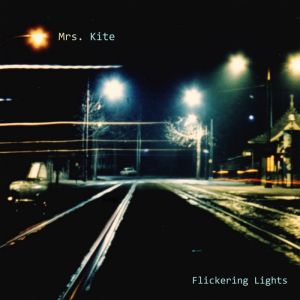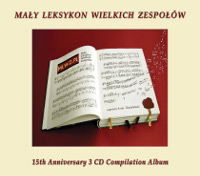This Cologne-based quartet formed out of a high school band, ‘It’s Us’, who released an album in 2006 called "... and a laughing white monkey will greet you as you pass the gates of slumberland ..." (honest). Deciding they need a name and direction change they looked to The Beatles for inspiration and became Mrs. Kite. They released ‘A Closer Inspection’ in 2013 and are now back with their second (or third album, whichever way you look at it), ‘Flickering Lights’. For some reason this is listed all over the web as being a 2019 release, but I can ensure you the booklet clearly states 2020 and the press release states a January 2020 release, so I am guessing something changed at some point. For this release, the band comprised Florian Schuch (keyboards, lead vocals), his brother Ferdinand (guitars, backing vocals), Lukas Preuber (bass) and Philipp Verenkotte (drums) along with guitarist Christoph Jager who provided additional guitar on four songs.
Apparently, these guys are well known in their native Germany, winning the (Deutscher Rock und Pop Preis) for “best progressive band” three times, but this is the first time I have come across them. The most obvious point of reference is Porcupine Tree (Preuber provides some wonderfully delicate fretless bass which makes one immediately think of Colin Edwin), yet the keyboards are somehow more dominant, with electric piano being an important part of the equation. Given that guitarist Ferdinand provides all the music this is somewhat surprising in some ways, but when he wants to be aggressive, he can certainly turn it up, but really understands the need for dynamics, light and shade. There are a great many tonal colours within the band, so while countrymates RPWL could be seen to be an influence, Riverside and even Dream Theater have their part to play as well. The band are as happy playing jagged syncopation as they are being melodic, often providing multiple harmonies and different approaches. One is never sure where the music is going to lead, sometimes harmonious and others not so.
Overall, the production is very good, although there are times when the snare drum could have been a little lower in the mix. It is on the longest song, “The Old Man” (11:33), where the band really come to the fore. That length allows them to go all over the map, moving from mathcore to delicacy, frenetic riffing to no guitar at all, even bringing in lounge jazz at some point. The result is an album which is interesting, and which takes the listener on a journey. That trip may not always have a clear destination in view but is certainly worthwhile.








